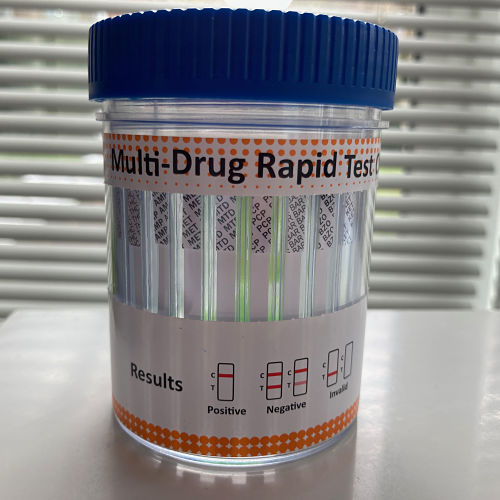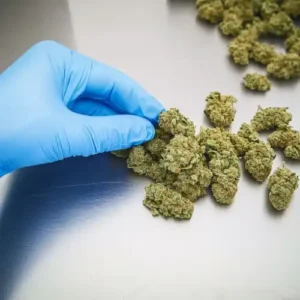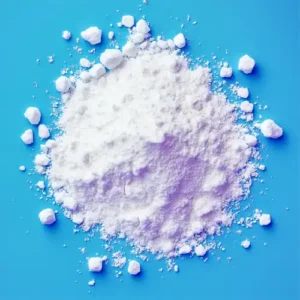When it comes to cocaine drug testing kits, one very important consideration is the drug testing cut-off level. This is the level, the pre-determined threshold or breakpoint, which determines whether a drug test is positive or negative.
Drug concentration is expressed in nanograms (ng) per millilitres (mL), commonly abbreviated as ng/mL. A nanogram is a very small amount – it is actually one billionth of a gram. 1 mL is equal to roughly 1/30 of a fluid ounce.
How Are Cut-Off Levels Decided?
For most drugs of abuse, the cut-off levels have been set to enable testing at as low a level as possible, while still keeping the integrity of the test The level that is set makes it possible to optimise the window of detection for the drug or drug metabolite that is being screened for.
There are a few factors that contribute to determining appropriate cutoff levels for drug tests. One is the desired sensitivity – lower cut-offs allow detection of lower drug concentrations. However, too low of a cut-off risks false positives from trace contamination or passive exposure. Legal limits, like those set by regulations or employment policies, also play a role. And the reliability of the testing method affects the cut-off – more sensitive techniques allow lower cut-offs. Ultimately, cut-offs aim to balance detecting true drug use against avoiding false accusations.
The cut-off levels for a cocaine drug test will vary, depending on the type of test being used. The most commonly used forms of drug testing in the workplace right now are urine drug testing and saliva drug testing. A saliva drug test will have a much lower cut-off than a urine drug test.
What Are the Urine Drug Test Cut-Off Levels for Cocaine?
A urine drug test for cocaine will detect both Cocaine and its metabolite benzoylecgonine. The cut-off level on urine drug tests for Cocaine is normally 300 ng/ml. This is the standard cut-off used in the UK and in most workplace drug testing that involves taking a urine drug test.
The cut-off level of 300ng/ml is the same for all of our urine drug test kits. This includes our single drug test kit for cocaine and our multi-parameter drug test kits, including the popular 5 drug, 7 drug and 12 drug test kits. All of our urine drug test kits detect benzoylecgonine.
The window of detection for a urine drug test for cocaine is 3 to 5 days from the last use. This window is influenced by factors like the amount consumed, frequency of use, metabolic rate, body mass, and urine pH. First-time or occasional users may only test positive for 1-2 days. Chronic heavy users can test positive for over a week. Testing early and often improves chances of detection.
Urine tests check for benzoylecgonine, a metabolite that persists longer than cocaine itself. Cocaine has a very short half-life of 30-90 minutes, but benzoylecgonine sticks around in urine for several days. This makes urine testing ideal for detecting recent cocaine use even after the drug leaves the bloodstream quickly.
What Are the Saliva Drug Test Cut-Off Levels for Cocaine?
A saliva drug test for cocaine has a lower level cut-off than a urine drug test. A saliva drug test also has a lower window of detection, which is normally about 24 hours. A saliva drug test for cocaine is recommended in situations where current impairment or very recent drug usage is being monitored.
The cut-off level on saliva drug tests for Cocaine is normally 20 ng/ml. This is the standard used in our 4 parameter saliva drug test kit and our 7 parameter saliva drug test kit.
Saliva testing detects the parent drug itself, not metabolites. This gives it the advantage of confirming very recent use, since cocaine spikes in saliva for a few hours after taking it. But it also means the window of detection is much shorter than urine – usually about 12-24 hours.
Some advantages of saliva testing over urine are that it’s harder to tamper with and easier to directly observe sample collection. This makes saliva testing well-suited for situations where ensuring an unadulterated specimen is critical.
Factors Affecting Cocaine Detection Times
Several variables influence how long cocaine remains detectable in drug tests. Dosage is a major factor – higher amounts lead to longer detection windows. Frequency of use also plays a role, with chronic users testing positive for extended periods compared to occasional users.
An individual’s metabolism impacts elimination speed as well. Those with faster metabolisms will clear the drug more rapidly. Body mass matters too, since cocaine accumulates in fatty tissues. Lean individuals tend to have briefer detection times than those with higher body fat.
Hydration levels affect urine concentration and thus test sensitivity. Drinking lots of fluids can dilute samples and potentially produce false negatives. The route of administration also makes a difference. Snorting cocaine produces different pharmacokinetics than smoking crack, which hits faster but doesn’t last as long.
Certain health conditions and medical factors can skew results too. For example, kidney or liver impairment slows cocaine clearance. Age is another variable, with drug elimination generally taking longer in older individuals. Overall health status and other substances used simultaneously may also impact detection windows for cocaine.
Photo: “Drug Test Cut-off Levels for Cocaine” by Anthony Cunningham for Zoom Testing
Zoom Testing is a leading UK drug testing company and a supplier of Drug Test Kits.





